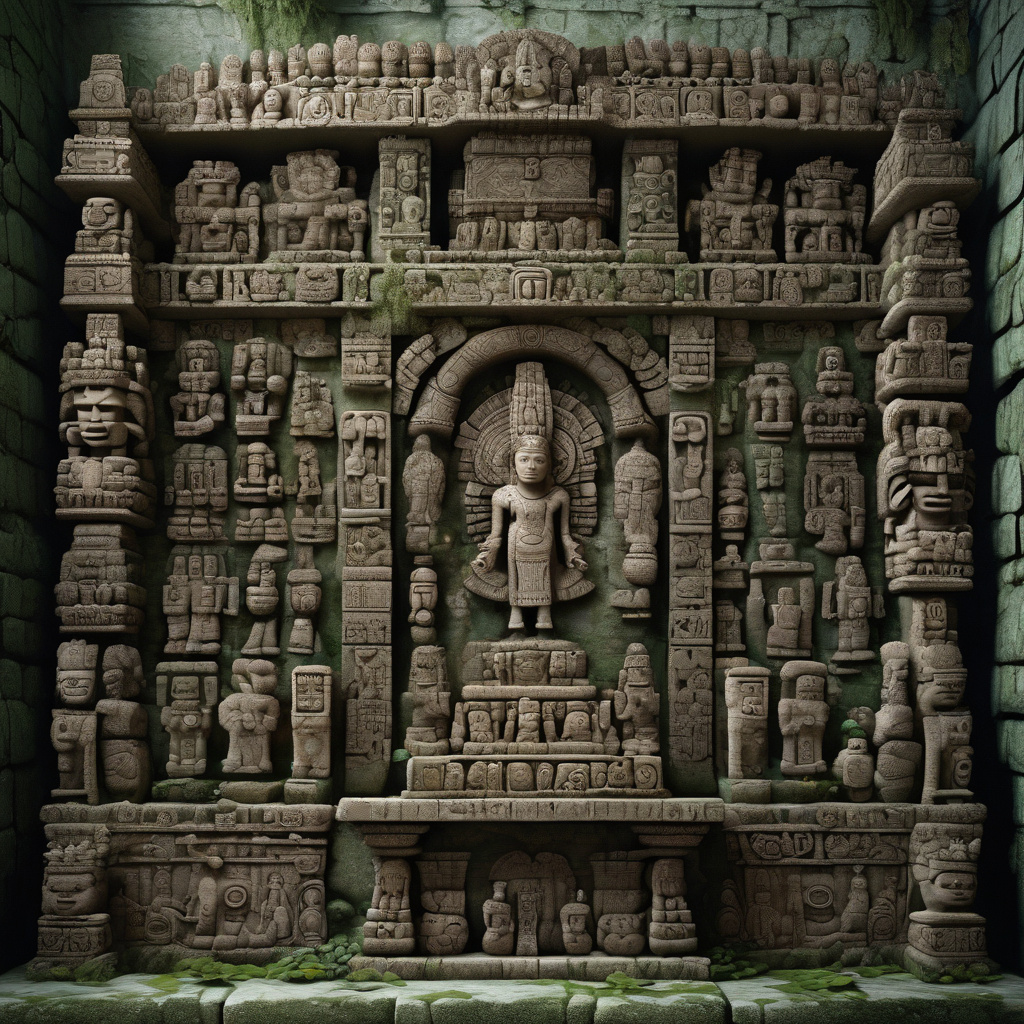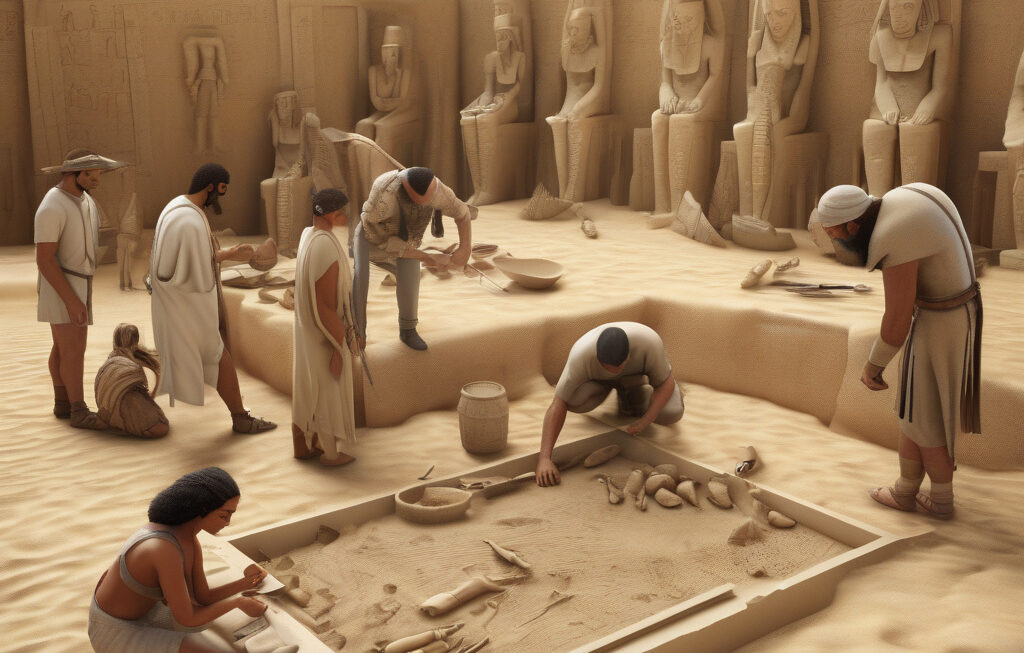Hand signs on 1,300-year-old Maya altar could reveal hidden timekeeping system
An anthropologist believes he uncovered a second script on Altar Q, one of the most significant monuments at the ancient Maya city of Copan in modern-day Honduras. This discovery could potentially shed light on a previously unknown timekeeping system employed by this enigmatic civilization.
Altar Q, carved around 776 A.D., is a remarkable piece of Mayan artistry, showcasing 16 human figures, each holding a unique hand sign. These hand signs have long been interpreted as representations of the rulers of Copan. However, Brent Woodfill, an anthropologist at Winthrop University in South Carolina, proposes a different interpretation – that the hand signs are not just representative but are also part of a sophisticated timekeeping system.
Woodfill’s theory is based on the idea that the hand signs on Altar Q correspond to a 260-day ritual calendar used by the Maya, known as the Tzolk’in. This calendar played a significant role in Mayan religious practices and was intertwined with their concepts of time and the cosmos. By linking the hand signs to this calendar, Woodfill suggests that Altar Q may have served a dual purpose – honoring the rulers of Copan and tracking important celestial events.
If Woodfill’s interpretation is correct, it could revolutionize our understanding of Maya civilization and their advanced knowledge of astronomy and mathematics. The Maya were renowned for their precise astronomical observations and sophisticated calendar systems, such as the Long Count calendar, which has garnered widespread attention due to its supposed connection to apocalyptic prophecies.
Furthermore, the revelation of a hidden timekeeping system on Altar Q underscores the intricacies of Mayan art and culture. Each element of Maya artwork was imbued with meaning and symbolism, reflecting their deep spiritual beliefs and intellectual pursuits. By deciphering these symbols, researchers can unravel the mysteries of the Maya civilization and appreciate the depth of their achievements.
Woodfill’s research serves as a testament to the enduring fascination with the Maya and the ongoing discoveries that contribute to our evolving knowledge of this ancient civilization. As technology advances and new perspectives emerge, the study of Maya art and inscriptions continues to yield fresh insights, challenging previous assumptions and prompting reevaluations of established theories.
In conclusion, the hand signs on Altar Q may hold the key to unlocking a hidden timekeeping system utilized by the Maya, offering a glimpse into their intricate understanding of the cosmos and the passage of time. By piecing together the fragments of this ancient puzzle, researchers like Brent Woodfill are paving the way for a deeper appreciation of Maya culture and the legacy of innovation left by this remarkable civilization.
Maya, Altar Q, timekeeping system, Brent Woodfill, Copan












